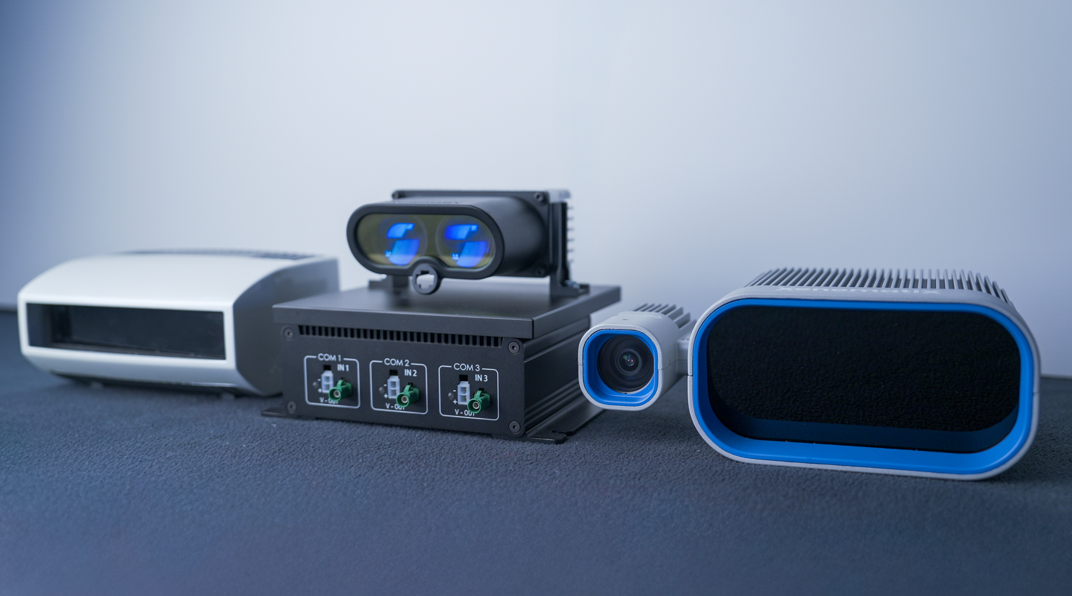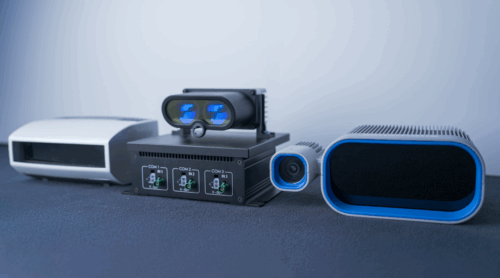
A Decade of Solid-State LiDAR: Lessons & Next Steps
After more than ten years working on solid-state lidar, we’ve had time to think — and even more time to build, test, discard, and start over. A decade in this space teaches you a few things: what actually works, what’s still theoretical, and what might become mainstream in a few years.
At XenomatiX, we chose early on to go all-in on true solid-state technology. That commitment wasn’t always the easy path — it meant rethinking how lidar works at the core and accepting that progress would take time, experimentation, and a lot of iteration. But it also meant we could push performance in ways that were hard to imagine a few years ago.
One area where this work has paid off is in pavement assessment. Now, we’re looking ahead to broader applications: smart city, industrial, robotics, infrastructure, and others. Finally, our customers feedback has shaped our next generation of solid-state lidar, XenoLidar Xavia
As the technology matures, prices are coming down and performance is going up. That balance is crucial if lidar is going to find a wider role alongside cameras and radar in perception systems. In our view, it’s only a matter of time before it becomes a standard part of many sensing stacks.
See the image below showing the evolution of XenomatiX’ solid-state lidar systems over the past decade (from left to right): XenoLidar; XenoLidar Xpert; XenoLidar Xavia.
